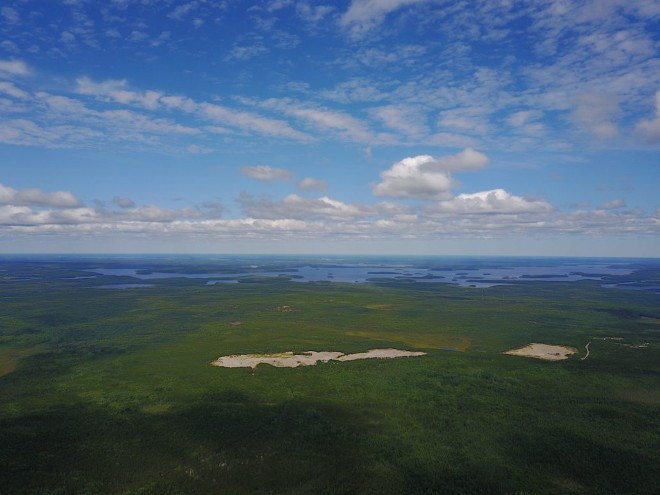Dixie stock up on discovery of gold-in-soil anomalies

Dixie Gold (TSXV: DG) has received assay results and corresponding interpretation from its inaugural SGH soil sampling program conducted this fall at the Red Lake project in Ontario.
The soil sampling exploration program was designed to target potential gold mineralization analogous to gold being discovered elsewhere in the region.
The Red Lake property is a district-scale project comprising 1,241 mining claims, covering approximately 25,269 hectares of land area. It is located adjacent to the Dixie Gold project being advanced by Great Bear Resources (TSXV: GBR).
The company is now in the process of formulating exploration plans for 2021
Lab analysis performed using SGH has resulted in multiple gold-in-soil anomalies being outlined, with these anomalies appearing to conform to a northwest-southeast trend line. According to Dixie Gold, this trend appears to run parallel in orientation to the known gold-bearing LP fault trend being explored by Great Bear on contiguous claims to the south.
Another possibility is that the trend prospectively forms part of a wider regional deformation zone that may be spatially expansive on a north-south basis (inclusive of potential splays off of the LP fault), akin to deformation zone settings seen in other major Ontario/Quebec gold camps.
“Large portions of Dixie Gold’s Red Lake project remain to be tested from both longitudinal and latitudinal perspectives as this survey, although being more than 2,000 sample site locations in scale, was inaugural in nature,” Dixie Gold CEO Ryan Kaltsaid in a media statement.
The company is now in the process of formulating exploration plans for 2021 that may both further refine and advance the discovered gold-in-soil anomalies as prospective drill targets.
Shares of Dixie Gold jumped 33.3% by noon EST on the TSX Venture Exchange. The junior miner has a market capitalization of approximately C$6.7 million.
More News
{{ commodity.name }}
{{ post.title }}
{{ post.date }}



Comments